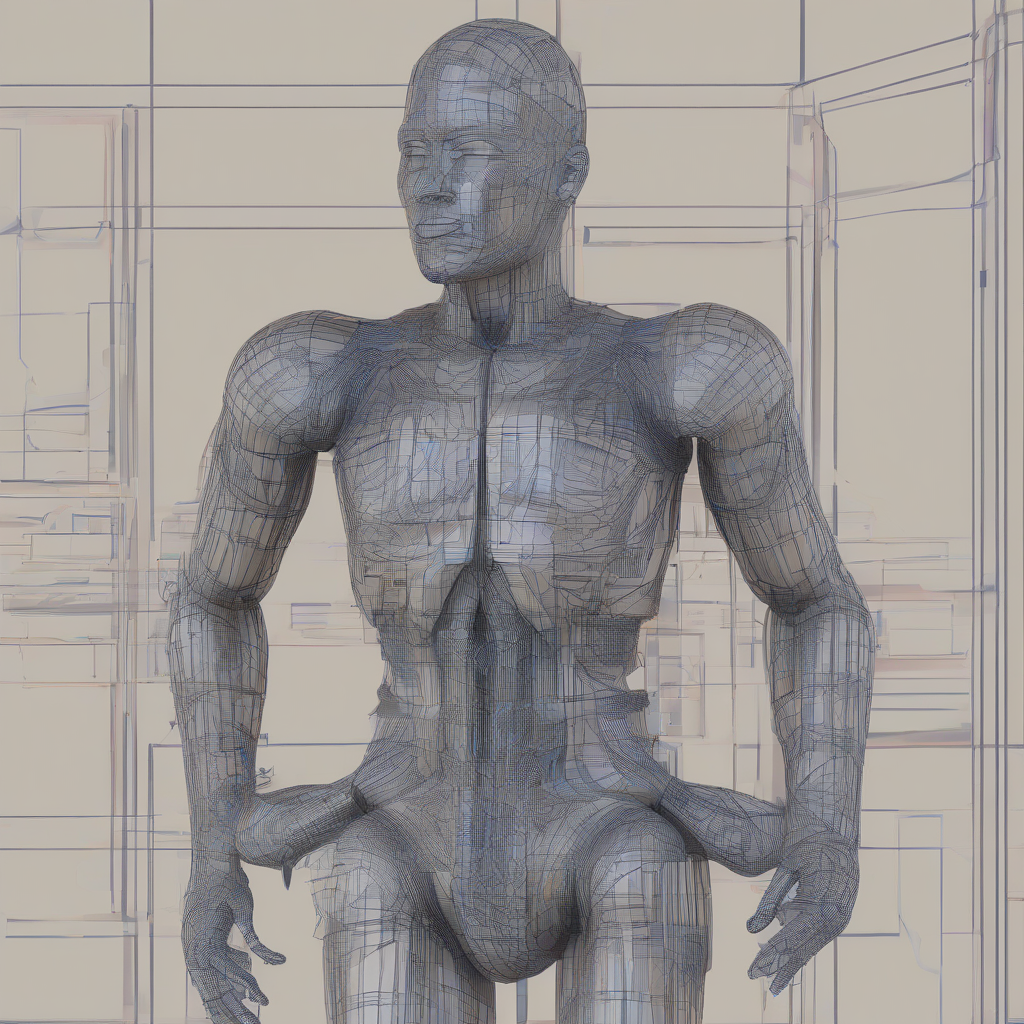
Navigating Allstate Third-Party Claims: A Comprehensive Guide
In the unfortunate event of an accident involving another driver, navigating the world of third-party claims can feel overwhelming. Understanding the process and your rights as an Allstate policyholder is crucial for a smooth and successful resolution. This comprehensive guide provides valuable insights and steps to help you navigate this process effectively.
What are Third-Party Claims?
Third-party claims arise when you, as an Allstate policyholder, are involved in an accident with another driver who is not insured by Allstate. This means your insurance company, Allstate, will handle the claim on your behalf, but the other driver’s insurance company will be responsible for covering their own damages and liabilities.
Understanding Your Rights and Responsibilities
- Reporting the Accident: Promptly report the accident to Allstate, providing detailed information about the incident, including the date, time, location, and details of the other driver and their vehicle.
- Gathering Evidence: Collect as much evidence as possible, such as photographs of the accident scene, witness statements, police reports, and medical records.
- Cooperating with Allstate: Be cooperative and responsive to Allstate’s requests for information and documentation.
- Seeking Medical Attention: If injured, seek medical attention immediately and keep Allstate informed about your treatment.
The Claim Process with Allstate
Allstate follows a structured process for handling third-party claims, typically involving the following steps:
1. Initial Report and Investigation
- Report Filing: You will need to file a claim with Allstate, providing detailed information about the accident.
- Investigation: Allstate will investigate the accident, reviewing evidence, obtaining statements from involved parties, and potentially contacting the other driver’s insurance company.
2. Damage Assessment and Negotiation
- Damage Evaluation: Allstate will assess the extent of damages to your vehicle and any other property involved.
- Negotiation with the Other Driver’s Insurance: Allstate will negotiate with the other driver’s insurance company to determine liability and settle the claim.
3. Resolution and Payment
- Settlement Agreement: Once a settlement agreement is reached, Allstate will process the payment for your damages, including repairs, medical expenses, and lost wages.
- Dispute Resolution: If you disagree with the settlement offer, you have the right to dispute it with Allstate or potentially pursue legal action.
Tips for a Smooth Claim Process
- Be Prompt: Report the accident to Allstate promptly and provide all necessary information.
- Document Everything: Gather evidence, take photographs, and obtain witness statements.
- Communicate Clearly: Maintain open and clear communication with Allstate throughout the process.
- Be Patient: The claim process can take time, so remain patient and proactive.
Dealing with Difficult Situations
While Allstate aims for a smooth claims experience, there may be instances where the process becomes challenging. Here are some tips for navigating difficult situations:
1. Disputes and Denials
- Understand the Reasons: If your claim is denied or disputed, understand the reasons behind the decision.
- Gather Evidence: Present evidence to support your claim, including photographs, witness statements, and medical records.
- Appeal the Decision: If you disagree with the decision, appeal it through Allstate’s internal dispute resolution process.
2. Uncooperative Other Drivers
- Contact Their Insurance: If the other driver is uncooperative, contact their insurance company directly.
- Document Interactions: Keep records of all interactions with the other driver and their insurance company.
- Seek Legal Advice: Consider consulting an attorney if the situation becomes unmanageable.
3. Unreasonable Settlement Offers
- Negotiate: If you believe the settlement offer is unreasonable, negotiate with Allstate for a more equitable amount.
- Seek Independent Valuation: Obtain an independent appraisal of your damages to support your position.
- Consult Legal Counsel: Consider consulting with an attorney to explore legal options.
Important Considerations
Here are some additional considerations when dealing with Allstate third-party claims:
- Policy Coverage: Review your Allstate policy to understand your coverage limits and any exclusions that may apply.
- Liability Issues: Understand how fault is determined in your state and the potential impact on your claim.
- Subrogation Rights: Allstate may have subrogation rights, meaning they can pursue recovery from the other driver’s insurance company for any payments they make on your behalf.
Conclusion
Navigating Allstate third-party claims requires a thorough understanding of your rights, responsibilities, and the claim process. By being proactive, gathering evidence, communicating effectively, and seeking legal advice when necessary, you can increase your chances of a successful and fair resolution. Remember, Allstate is committed to assisting you throughout the process and ensuring a smooth and efficient outcome.


